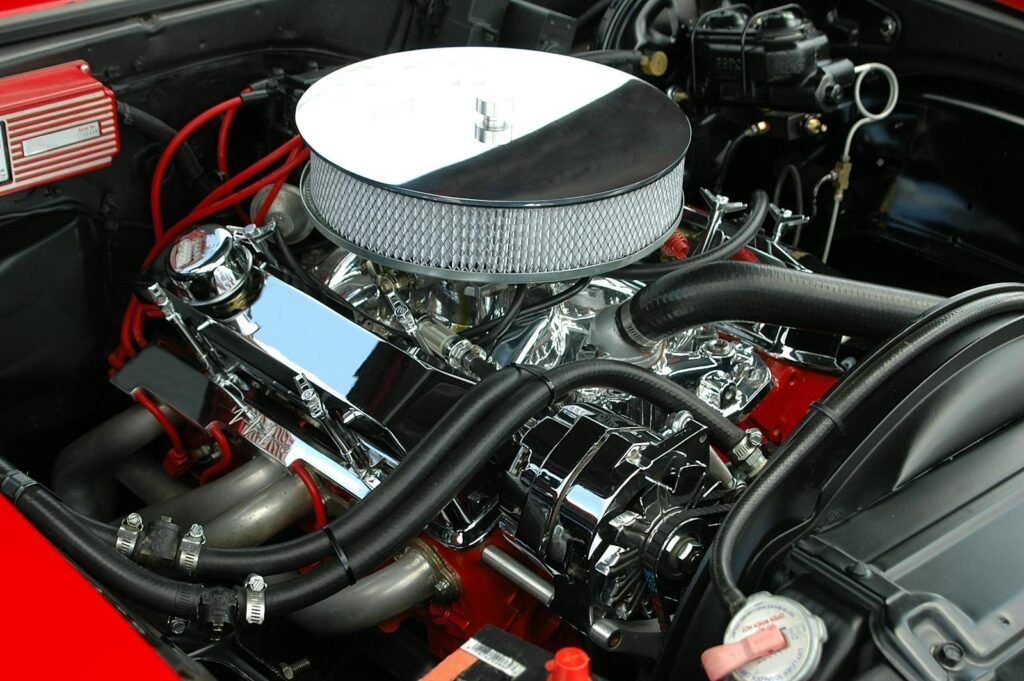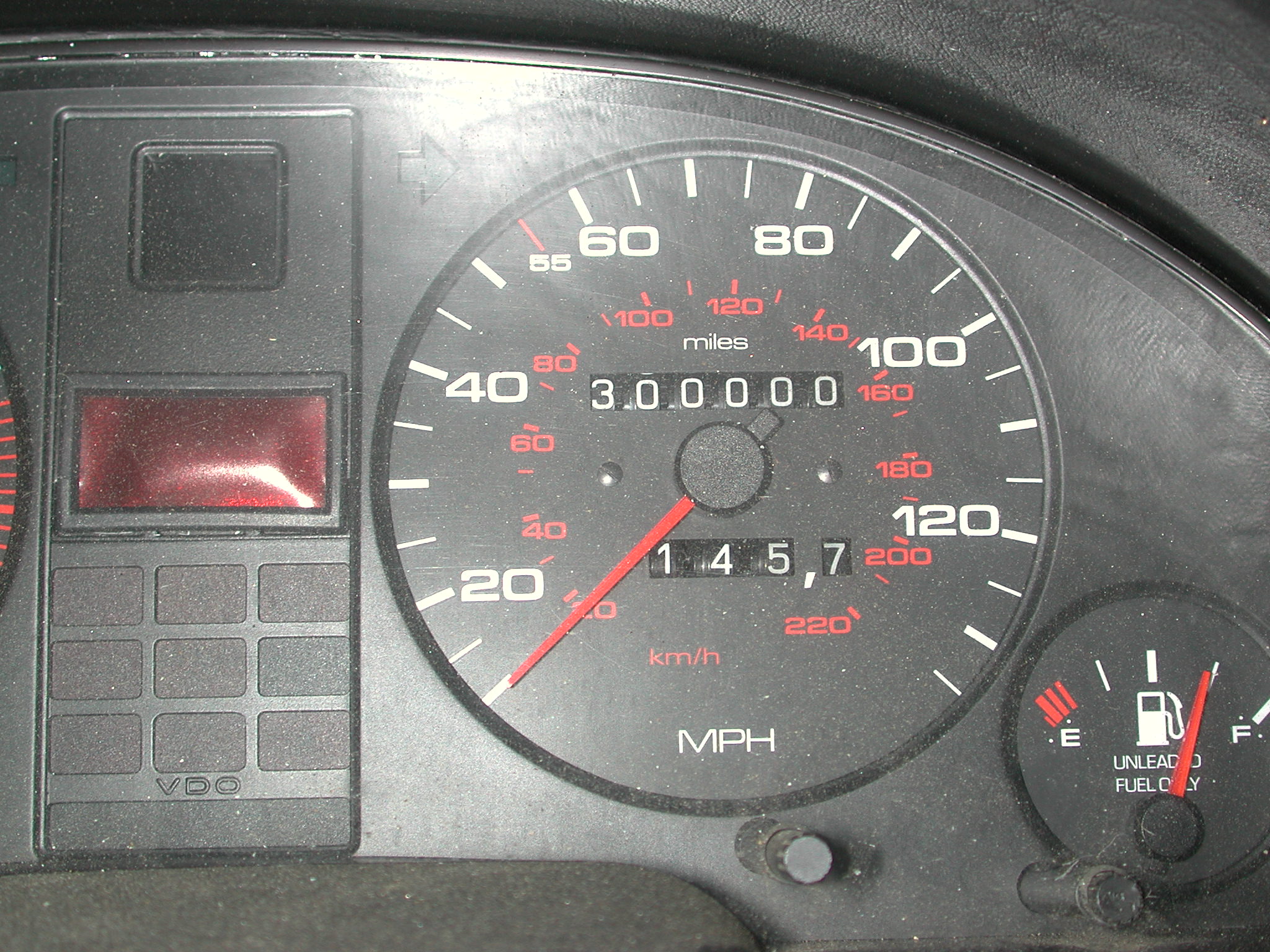There’s a particular kind of dread that washes over a car owner when the check engine light illuminates, or when an unusual noise starts emanating from under the hood. Beyond the immediate inconvenience, the looming question of repair costs can send shivers down anyone’s spine. While vehicle faults are an inevitable part of ownership, the sheer expense of some repairs can be financially devastating, often blowing a budget faster than almost anything else.
Understanding these potentially vast sums isn’t just about preparing for the worst; it’s about empowering yourself with knowledge to make smarter decisions. Whether you’re considering buying a used car, evaluating your current maintenance routine, or simply hoping to avoid those dreaded five-figure bills, being informed about the most expensive repairs is your first line of defense. This knowledge can help you budget wisely, recognize warning signs early, and ultimately extend the life of your vehicle without breaking the bank.
While exact figures can fluctuate based on your vehicle’s make, model, age, and even your geographic location, the average costs provided by experts like RepairPal offer a crucial benchmark. These estimates, though varied, paint a clear picture of where the biggest financial hits typically land. We’ve delved deep into the data to bring you the 12 most expensive car repairs you absolutely should not ignore, starting with the most formidable.
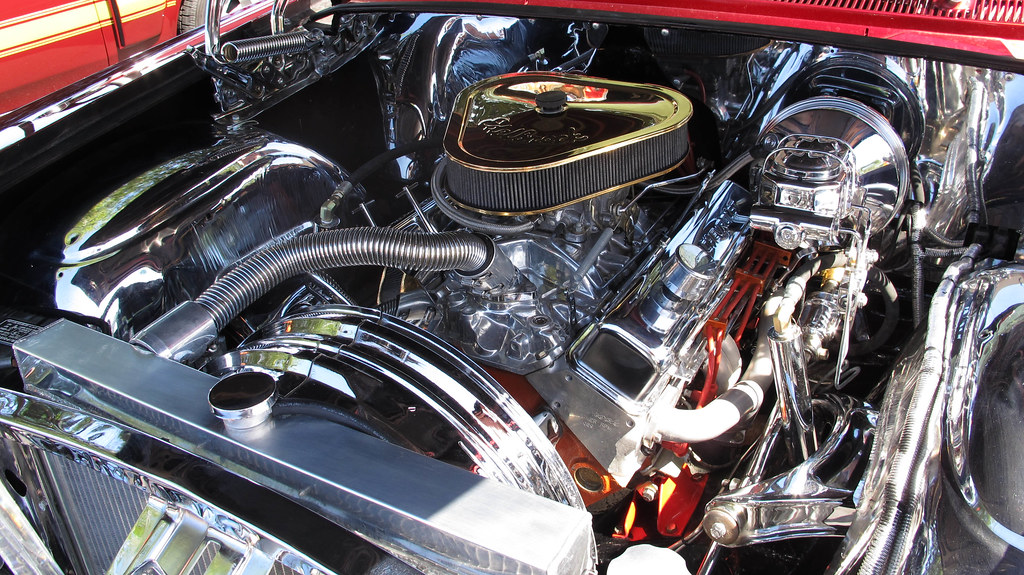
1. **Engine Replacement / Critical Cylinder Failure**No phrase strikes more fear into the heart of a car owner than “Major engine damage.” This devastating diagnosis often means your vehicle is in severe trouble, effectively kaput, without a monumental intervention. At the absolute top of the cost hierarchy for car repairs, addressing fundamental engine issues is almost always the most expensive ordeal a vehicle can face.
Specifically, the worst and most financially draining type of engine damage involves the vehicle’s cylinders. If these core components of the engine break down, your car becomes undriveable, forcing you to contend with a repair bill that can range anywhere from $7,000 to an astounding $10,000. For luxury cars or vehicles with diesel engines, this figure can easily climb even higher, exceeding $7,500.
The exorbitant cost stems from the complexity and labor involved; a mechanic must meticulously remove the entire engine from the car to access and replace the damaged cylinders. In many cases, the sheer effort and parts cost mean that attempting to repair the old, broken engine is less practical than opting for a whole new engine installation. Alternatively, for a repair bill of that magnitude, the sensible decision might even be to consider purchasing a new vehicle altogether, as it can often rival the cost of significant engine work.
Prevention is paramount when it comes to engine longevity. While engines are designed for a life expectancy covering drives across 100,000 miles or ten years, poor maintenance can drastically shorten this lifespan. Regular oil changes are non-negotiable, as they prevent dirt and debris from clogging critical components. Avoiding overheating by regularly checking coolant levels and addressing any minor engine issues, such as knocking noises or excessive exhaust smoke, at their earliest signs can help extend your engine’s life and significantly reduce the risk of such catastrophic failures.
Read more about: Audi A4: Hidden Gems or Money Pits? A Deep Dive into Model Year Reliability for Savvy Buyers
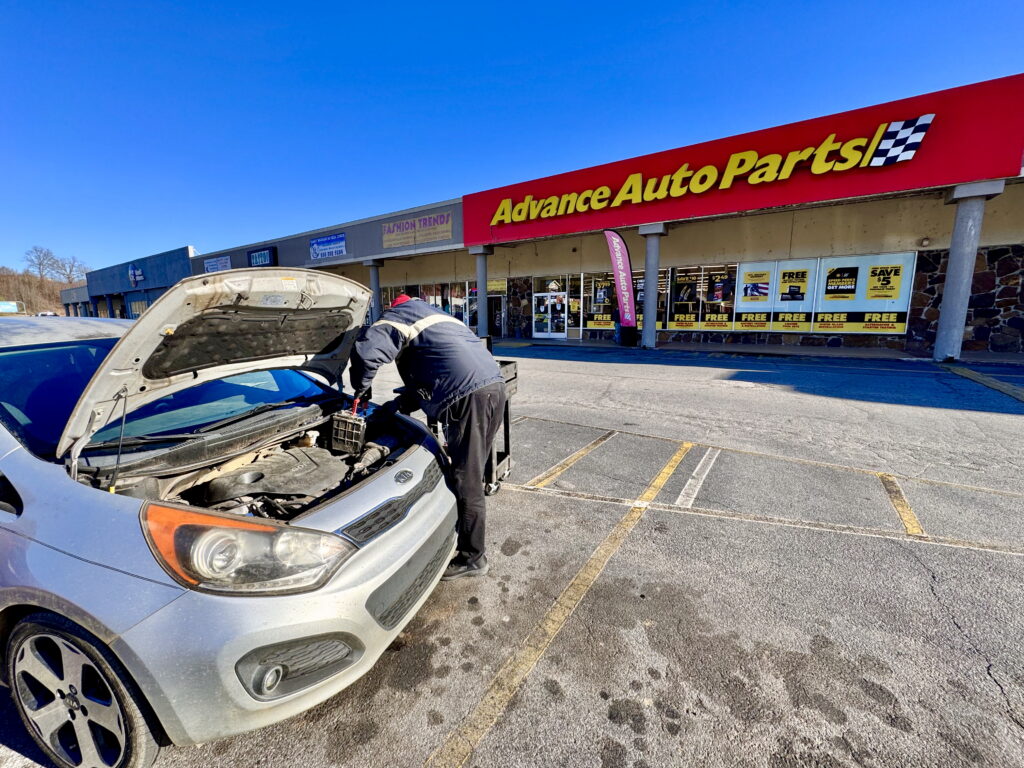
2. **Hybrid High-Voltage Battery Replacement**The allure of hybrid and electric vehicles, with their promise of fuel efficiency and reduced emissions, is strong for many modern drivers. However, tucked away beneath the eco-friendly facade is a potentially massive financial vulnerability: the high-voltage battery. While these batteries are marvels of engineering, their eventual replacement represents one of the most substantial costs a hybrid owner can face.
According to RepairPal data, a hybrid high-voltage battery replacement can set you back an average of $6,645 to $6,719. Other sources confirm this high cost, noting that replacing one faulty battery in a hybrid car can easily cost upwards of $6,000. This isn’t just about swapping out a single component; replacing this battery often necessitates replacing the car’s intricate computer system as well, quickly adding to the overall expense.
The core reason for this high price tag lies in the nature of rechargeable batteries themselves. Over time, any rechargeable battery slowly loses its ability to hold a charge, and the batteries used in hybrid cars are no exception. Experts suggest that “Almost all hybrid car batteries on the market today will die before their owner gets 10 years of use out of the vehicle.” Furthermore, some of these batteries, along with catalytic converters, contain rare materials that inherently drive up replacement costs.
Fortunately, for many hybrid and EV owners, a significant protective measure is already in place. Most electric vehicles and hybrids come equipped with a battery warranty, typically guaranteeing against malfunction or total failure for a period of 8 years or 100,000 miles. This warranty coverage is a critical factor in mitigating the financial shock of a battery replacement within the vehicle’s early life. Beyond warranty, maintaining optimal operating temperatures and avoiding harsh driving conditions can contribute to battery health, though natural degradation is ultimately unavoidable.
Read more about: Buyer Beware: These 10 Sedans Are Resale Disasters After Just 5 Years

3. **Transmission Replacement**The transmission system of your vehicle is a masterpiece of mechanical engineering, intricate and absolutely essential for your car’s movement. Without a properly functioning transmission, you literally cannot drive anywhere, as this complex system is responsible for converting the engine’s power into a usable form of energy that then powers the car’s wheels via the driveshaft. Any significant fault here brings your journey to an abrupt halt.
Replacing a fully damaged transmission is a considerable expense, with RepairPal data indicating average costs ranging from $5,266 to $5,469. Other estimates place the cost between $4,000 and $5,000, and depending on the severity of the problem and your specific vehicle, this figure could be even higher. The complexity of the transmission, with its many moving and interacting components, means that both the parts and the specialized labor contribute heavily to this substantial bill.
Transmissions are subjected to immense wear and tear compared to many other vehicle parts. The constant heat and friction generated by the gears, clutches, and fluids working in harmony take their toll over time. This continuous stress makes it one of the most prone systems to developing costly issues, highlighting the importance of diligent attention to its operational health.
Being alert to early warning signs is crucial for potentially mitigating the final repair cost. Symptoms of a failing transmission can include gears slipping out of place, a dragging clutch (in manual vehicles), a distinctive burning smell, or a humming noise when the car is parked. Ignoring these indicators will almost certainly lead to more extensive damage and a higher repair bill. The sooner you take action and have a potential transmission problem inspected and addressed, the greater your chances of a less expensive fix, or even preventing a full replacement. Regular transmission fluid checks and changes, as recommended in your owner’s manual, are also vital preventative measures.
Read more about: Gone But Not Forgotten: 12 Timeless Appliance Fixes Manuals Often Overlook Today

4. **Supercharger Assembly Replacement**For those who crave enhanced engine performance, a supercharger is a popular choice, designed to force more air into the engine and thereby increase power output. While not as universally common as some other components, when a supercharger assembly fails, it can lead to a significant financial hit. It represents a specialized and high-cost repair that underscores the expense of complex engine enhancements.
RepairPal data places the average cost for a supercharger assembly replacement between $3,276 and $3,472. This figure highlights that the component itself is sophisticated and costly, often incorporating intricate designs and durable materials to withstand the high pressures and rotational speeds it operates under. The ‘assembly’ aspect suggests that a replacement typically involves more than just a simple part, but rather a unit composed of several integrated components.
Superchargers are integral to maximizing engine efficiency and power, particularly in performance vehicles. Their complex design and direct connection to the engine’s operation mean that any failure can have broader implications for engine health if not addressed promptly. The precision engineering required for these units also contributes to their high replacement cost, as they are not commodity parts but rather specialized performance components.
Preventing supercharger failure largely hinges on adhering to a rigorous maintenance schedule, especially concerning oil changes and general engine health. A supercharger relies heavily on clean engine oil for lubrication and cooling. Any degradation in oil quality or level can severely impact its performance and lifespan. Paying close attention to any changes in engine noise, performance, or illuminated warning lights is critical, as these can be early indicators of a supercharger problem, allowing for intervention before a complete and costly assembly replacement becomes necessary.
Read more about: Unpacking the True Costs of Owning a Land Rover Discovery Sport: A Comprehensive Guide for Consumers
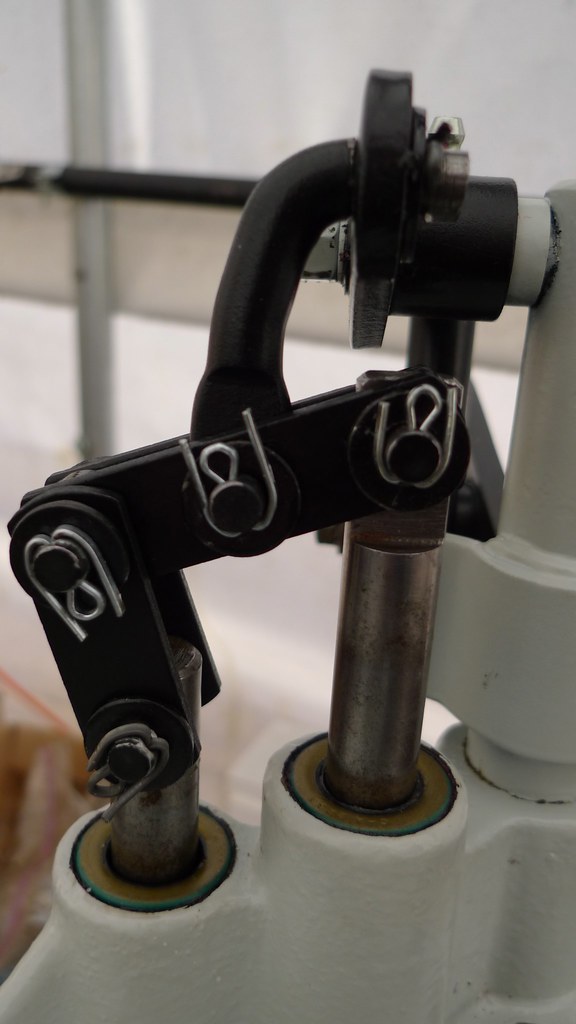
5. **Transfer Case Replacement**For vehicles equipped with all-wheel drive (AWD) or four-wheel drive (4WD) systems, the transfer case is a critical component that often operates unseen but is vital for distributing power effectively. This specialized gearbox ensures that power from the transmission is sent to both the front and rear axles, allowing your vehicle to adapt to various driving conditions and terrains. Its importance means that when it fails, a costly repair is almost certainly on the horizon.
The cost for a transfer case replacement is significant, with RepairPal estimating an average of $2,911 to $3,035. However, other data, such as ranges from ConsumerAffairs, suggest that the actual cost can vary even more widely, from $2,077 to as much as $7,714 depending on the vehicle’s make and model. This wide range reflects the varying complexity and design of transfer cases across different types of AWD and 4WD vehicles.
The expense is driven by the transfer case’s intricate mechanical nature, housing gears, bearings, and chains designed to handle immense torque and power distribution. Replacing this unit requires specialized labor due to its location and connection to both the transmission and the drive shafts. It’s not a simple bolt-on part; precise installation and calibration are often necessary to ensure proper functioning of the entire drivetrain.
To safeguard against the high cost of transfer case replacement, regular maintenance is key. This specifically includes checking and changing the transfer case fluid according to your vehicle manufacturer’s recommended schedule. Just like transmission fluid, this specialized lubricant is crucial for preventing excessive wear, heat, and friction within the unit. Ignoring these fluid changes can lead to premature wear of internal components, culminating in a complete failure that necessitates a full replacement. Timely attention to any unusual noises or difficulties engaging AWD/4WD modes can also provide early warning signs, potentially allowing for a less expensive repair if addressed promptly.
Read more about: The Shocking Truth About Depreciation on the 2024 BMW iX: A Consumer Reports Deep Dive
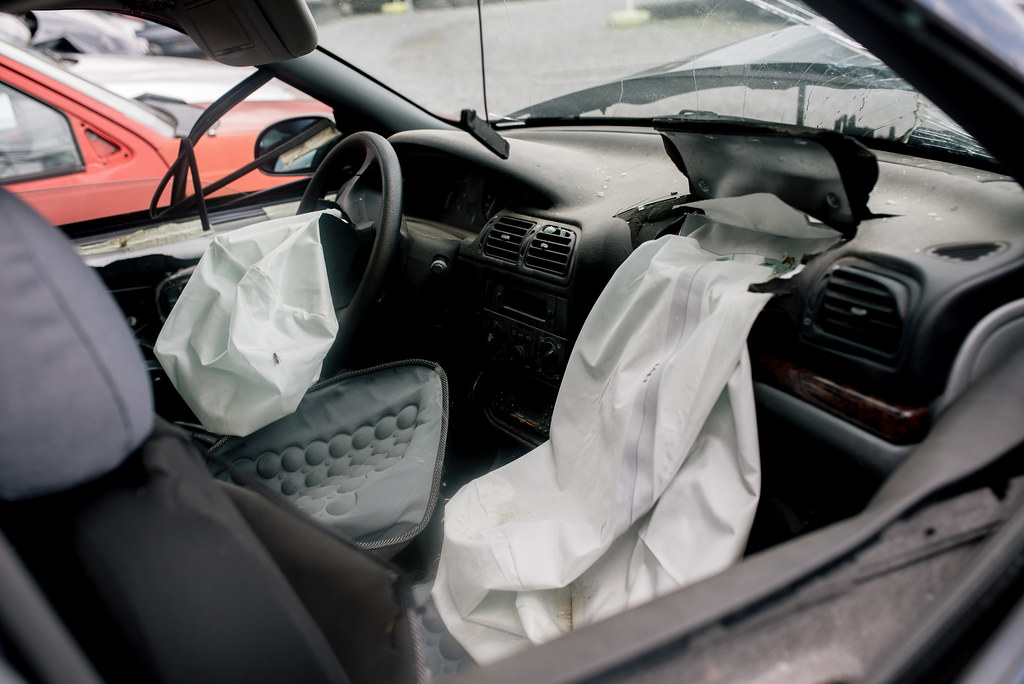
6. **Airbag System Replacement**In the realm of automotive safety, airbags stand out as arguably the greatest invention in history, saving countless lives by deploying instantaneously in collisions to cushion occupants. While their life-saving capability is undeniable, the aftermath of their deployment presents a significant and often overlooked financial burden. Once airbags have deployed, they almost always require replacement, and this is far from a trivial expense.
The cost to replace an airbag system is substantial, typically ranging from $2,500 to as much as $4,000. This isn’t merely the cost of a new airbag module itself. The force of deployment often necessitates replacing other components as well, such as the steering wheel (if the driver’s airbag deployed) and even the glove box (for the passenger airbag), which further inflates the overall repair bill.
The process of replacement is also complex, involving sensitive electronic sensors and modules that must be correctly installed and calibrated to ensure future safety. Mechanics need specialized tools and knowledge to handle pyrotechnic devices safely and ensure the entire safety system is restored to factory specifications. This specialized labor and the cost of multiple sophisticated parts contribute significantly to the high price.
While airbag deployment is not a repair you can “prevent” in the traditional sense – they are designed to activate in an accident – the ultimate prevention lies in avoiding collisions altogether through safe driving practices. In the unfortunate event of deployment, having the right amount of insurance becomes critical. Comprehensive insurance, which is generally affordable, will cover scenarios like floods, tornadoes, hail, and collisions with animals, and can be invaluable in helping to cover the substantial costs associated with repairing your vehicle after an accident where airbags have deployed, preventing a 100% out-of-pocket bill.
As we continue our exploration into the automotive expenses that can truly rattle your budget, it becomes clearer that preparedness isn’t just about knowing the numbers; it’s about understanding the mechanics and embracing proactive maintenance. The following six repairs further underscore this reality, delving into critical drivetrain, emissions, and control systems, each presenting its own formidable financial challenge. But beyond these individual fixes, we’ll also unearth the deeper factors influencing these costs and equip you with actionable strategies to keep your vehicle, and your wallet, in prime condition. Knowledge, after all, remains your most powerful tool against unforeseen automotive bills.
Read more about: Audi A4: Hidden Gems or Money Pits? A Deep Dive into Model Year Reliability for Savvy Buyers
7. **Catalytic Converter Replacement**An often-overlooked hero of modern motoring, the catalytic converter plays a crucial role in safeguarding our environment. Situated within your vehicle’s exhaust system, this intricate device is designed to transform harmful pollutants like carbon monoxide, nitrogen oxides, and unburnt hydrocarbons into less toxic gases before they exit your tailpipe. It’s an indispensable component for meeting emissions standards and maintaining a greener footprint.
However, this environmentally friendly marvel comes with a significant price tag should it fail. RepairPal estimates the average cost for a catalytic converter replacement to be between $2,224 and $2,309, though other sources indicate costs could climb as high as $3,999. The primary reason for this steep expense lies in the materials used; catalytic converters contain precious metals like platinum, palladium, and rhodium, which act as catalysts for the chemical reactions. The fluctuating market value of these rare elements directly impacts the replacement cost.
When a catalytic converter malfunctions, it’s not a repair that can typically be patched up; it almost always requires a complete replacement. Symptoms of a failing converter often include a noticeable decrease in engine performance, a rotten egg smell (sulfur), or the illumination of your check engine light. Ignoring these signs can lead to more severe engine issues and certainly an emissions test failure. While there’s no direct preventative maintenance beyond ensuring your engine runs efficiently (as rich fuel mixtures can damage the converter), promptly addressing any engine misfires or excessive oil consumption can help extend its lifespan.
Read more about: Unpacking the True Costs of Owning a Land Rover Discovery Sport: A Comprehensive Guide for Consumers

8. **Suspension System Overhaul**Often taken for granted, your car’s suspension system is a sophisticated network designed to absorb the shocks and bumps of the road, ensuring a smooth, stable, and comfortable ride. Beyond comfort, it’s absolutely critical for maintaining tire contact with the road, which directly impacts steering, handling, and braking performance. This complex system comprises various components, including shocks, struts, springs, control arms, and tie rods, all working in concert to keep your vehicle balanced and controlled.
The cost of a comprehensive suspension overhaul can be quite daunting, typically ranging from $2,500 to $3,500 for a complete system replacement. The reason for this significant expense stems from several factors. Firstly, you’re not just replacing one component, but potentially several interlinked parts. Secondly, the labor involved in dismantling, replacing, and correctly reassembling these components, often requiring specialized tools and alignments, adds considerably to the overall bill. While replacing a single shock or strut might be less expensive, mechanics frequently recommend a full overhaul if multiple components show significant wear, arguing it ensures optimal performance and longevity for the entire system.
Ignoring early warning signs of suspension trouble can quickly escalate a minor issue into a major, costly repair. Symptoms such as a noticeably bumpier ride, your car leaning to one side, persistent clunking or squeaking noises over bumps, or uneven tire wear are all indicators that your suspension needs attention. Addressing these problems early can sometimes lead to a less extensive, and therefore less expensive, repair. However, delaying action will almost certainly exacerbate the damage, potentially affecting other critical steering or braking components.
To proactively safeguard against an expensive suspension overhaul, consistent vigilance and careful driving are paramount. Avoiding potholes and rough roads can significantly reduce stress on these components. During routine maintenance, ensure your mechanic inspects the shocks, struts, and associated linkages for signs of wear or leakage. While some wear is inevitable over time, particularly with higher mileage, timely replacement of individual failing parts before they compromise the entire system can make a world of difference to your bottom line.
Read more about: Driving Strong Past 150,000 Miles: 10 Transmission Traps to Avoid for Truck Longevity
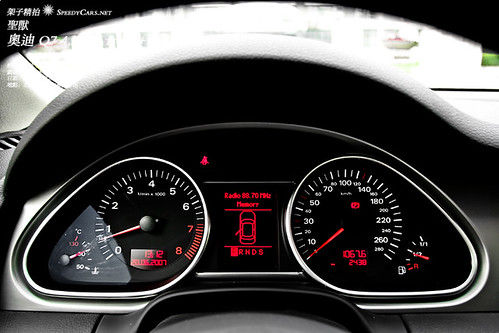
9. **Dashboard Replacement**The dashboard of your vehicle is far more than just a decorative panel; it’s the central command center, housing vital instruments, warning lights, infotainment systems, and, crucially, passenger airbags. It’s a highly integrated component, often filled with complex wiring harnesses and sensitive electronics, making its replacement a surprisingly expensive endeavor. The average cost for a dashboard replacement, according to RepairPal, falls between $2,146 and $2,298.
The substantial cost associated with replacing a dashboard is primarily driven by the intricate labor involved and the value of the integrated components. Modern dashboards are not simple plastic moldings; they are densely packed with sensors, screens, climate control vents, and specialized trim pieces, all meticulously connected to the car’s electrical system. A mechanic must carefully disassemble a significant portion of the interior, including potentially the steering wheel and parts of the center console, to remove and replace the entire unit. Reinstalling everything correctly, ensuring all electronic functions are restored, is a time-consuming and precise task.
While direct preventative measures for a dashboard replacement are less about mechanical upkeep and more about general car care, understanding potential causes can help. Accidents that deploy passenger airbags almost always necessitate dashboard replacement due to the forceful deployment. Beyond collisions, extreme sun exposure can cause dashboards to crack or warp over many years, particularly in older vehicles. Improper installations of aftermarket electronics or botched repair attempts can also damage wiring or mounting points, leading to issues.
To minimize the risk of this costly repair, safe driving practices that prevent accidents are, of course, paramount. For sun damage, using a sunshade when parked for extended periods can protect the materials from UV degradation. Additionally, entrusting any interior electrical work or accessory installations to qualified professionals can prevent accidental damage to the sensitive dashboard components. Maintaining the overall integrity of your car’s interior isn’t just about aesthetics; it’s about protecting its sophisticated core.
Read more about: Audi A4: Hidden Gems or Money Pits? A Deep Dive into Model Year Reliability for Savvy Buyers
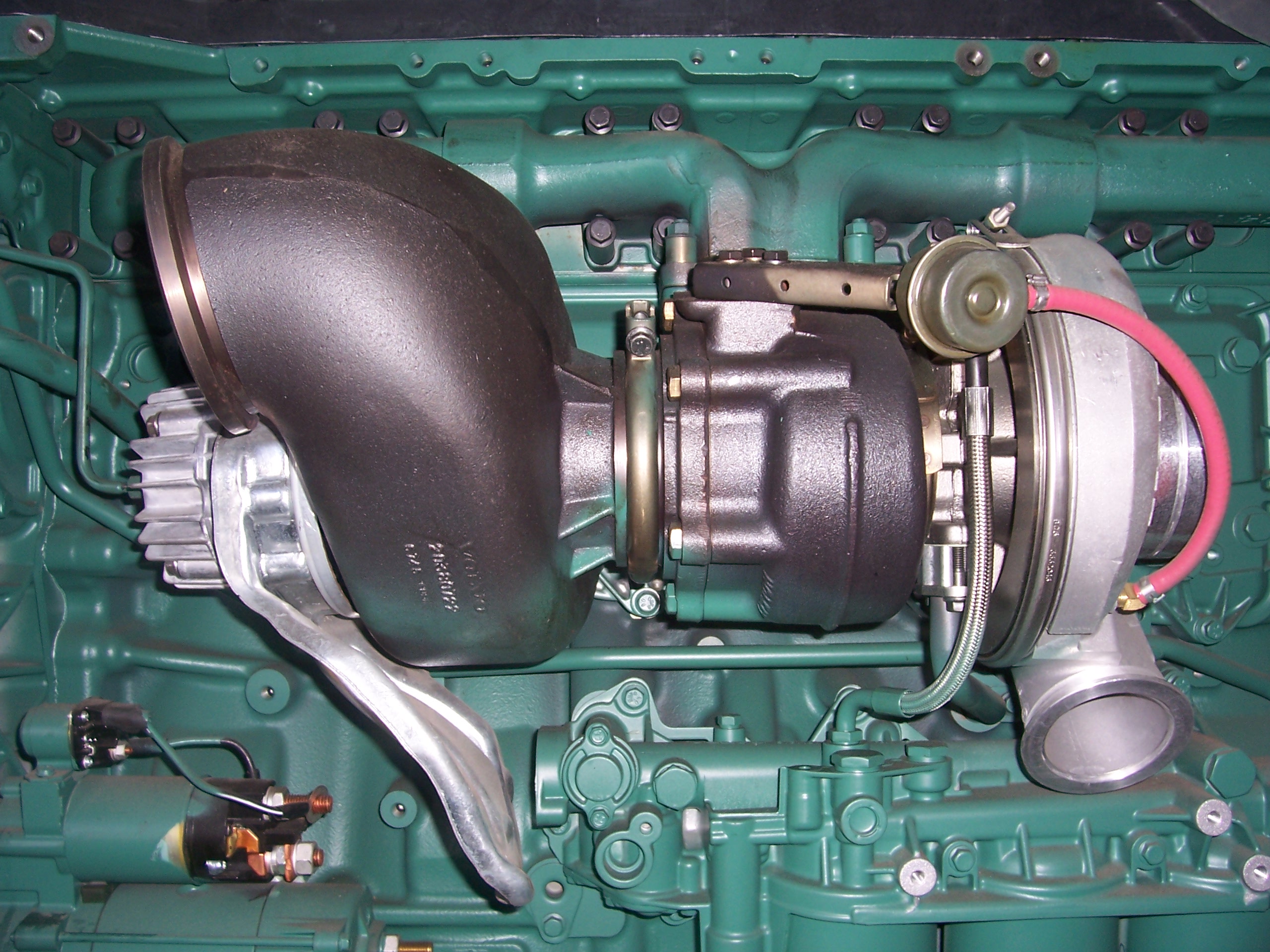
10. **Turbocharger Assembly Replacement**For many performance enthusiasts, the turbocharger is a badge of honor, a sophisticated piece of engineering designed to significantly boost an engine’s power output. By harnessing exhaust gases to spin a turbine, which in turn compresses more air into the engine, turbochargers allow smaller engines to produce power levels comparable to much larger, naturally aspirated units. While the thrill of boosted performance is undeniable, a failing turbocharger assembly can quickly translate into a hefty repair bill, averaging between $2,028 and $2,429 for a replacement, according to RepairPal.
The high cost of turbocharger replacement is a direct reflection of its complex design, the extreme conditions it operates under, and the precision required in its manufacturing. Turbochargers spin at incredibly high RPMs—often exceeding 200,000 revolutions per minute—and are subjected to intense heat from the exhaust gases. This demands highly durable materials and extremely precise tolerances, making the component itself expensive. Furthermore, the labor involved in accessing and replacing a turbocharger, which is intricately connected to both the engine’s exhaust and intake systems, contributes substantially to the overall expense.
Failure of a turbocharger can stem from several critical issues, with poor lubrication being a leading culprit. The turbocharger’s bearings rely heavily on a constant supply of clean engine oil for cooling and lubrication. If the oil is dirty, insufficient, or of poor quality, premature wear and catastrophic failure become almost inevitable. Other causes include foreign object damage from debris entering the intake or exhaust, and excessive heat buildup due to improper engine tuning or prolonged hard driving without adequate cool-down periods.
Preventative maintenance is absolutely crucial for extending the life of your turbocharger and avoiding this costly repair. Adhering to your vehicle’s recommended oil change schedule with the correct type and viscosity of oil is non-negotiable. Allowing your engine to idle for a minute or two after a hard drive can also help cool down the turbocharger before shutting off the engine, preventing oil coking. Paying close attention to warning signs such as a noticeable loss of power, a whining or whistling sound from under the hood, or blue/white smoke from the exhaust can allow for early intervention, potentially preventing a full assembly replacement.
Read more about: Unpacking the True Costs of Owning a Land Rover Discovery Sport: A Comprehensive Guide for Consumers
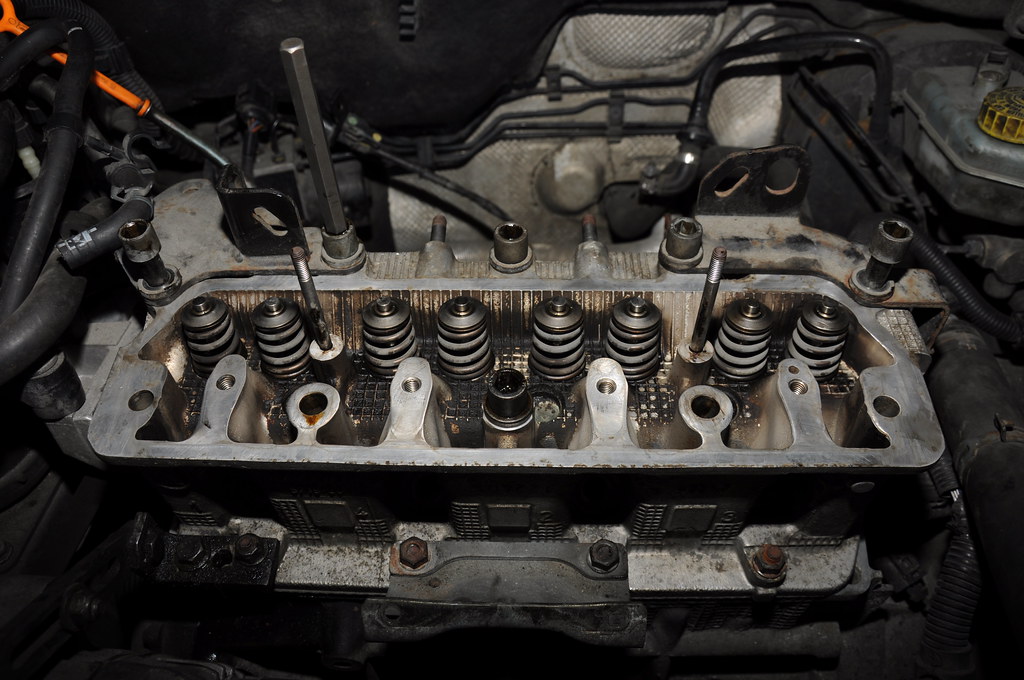
11. **Head Gasket Replacement**Few automotive phrases evoke as much dread as “blown head gasket.” This seemingly small component plays an absolutely critical role, sealing the cylinder head to the engine block and preventing the vital fluids—coolant and engine oil—from mixing or leaking into the combustion chambers or outside the engine. When a head gasket fails, the results are often dramatic: white smoke billowing from the exhaust, engine overheating, and fluid leaks, creating a messy and immediately debilitating problem for your vehicle.
What makes head gasket replacement so expensive isn’t the part itself; a replacement head gasket can cost as little as $15. The astronomical cost, often ranging from $1,915 to $2,220 according to RepairPal, and even higher from other sources (up to $5,459), comes almost entirely from the labor. Replacing a head gasket requires extensive engine disassembly. Mechanics often need anywhere from six hours to several days to complete the job, meticulously removing components like the intake manifold, exhaust manifold, timing belt/chain, and cylinder head itself. With labor rates ranging from $100 to $260 per hour, that $15 part quickly escalates into a multi-thousand-dollar bill.
The primary cause of head gasket failure is severe engine overheating, which can warp the cylinder head or block, compromising the gasket’s seal. Other contributing factors include excessive engine pressure or simply the natural degradation of the gasket material over many years and miles. Once compromised, a blown head gasket will allow coolant and oil to leak or mix, leading to rapid engine damage if not addressed immediately. Continuing to drive with a blown head gasket is a sure path to far more catastrophic and expensive engine failure.
Preventing a blown head gasket hinges almost entirely on vigilant engine cooling system maintenance and prompt attention to overheating. Regularly checking coolant levels and ensuring the system is free of leaks is crucial. Any signs of your engine running hot—such as the temperature gauge climbing into the red zone—should be addressed immediately by pulling over and allowing the engine to cool. Ignoring even minor overheating can lead to a chain reaction that culminates in this extremely costly, labor-intensive repair. Regular oil changes also contribute to overall engine health, reducing stress on components.
Read more about: Gone But Not Forgotten: 12 Timeless Appliance Fixes Manuals Often Overlook Today
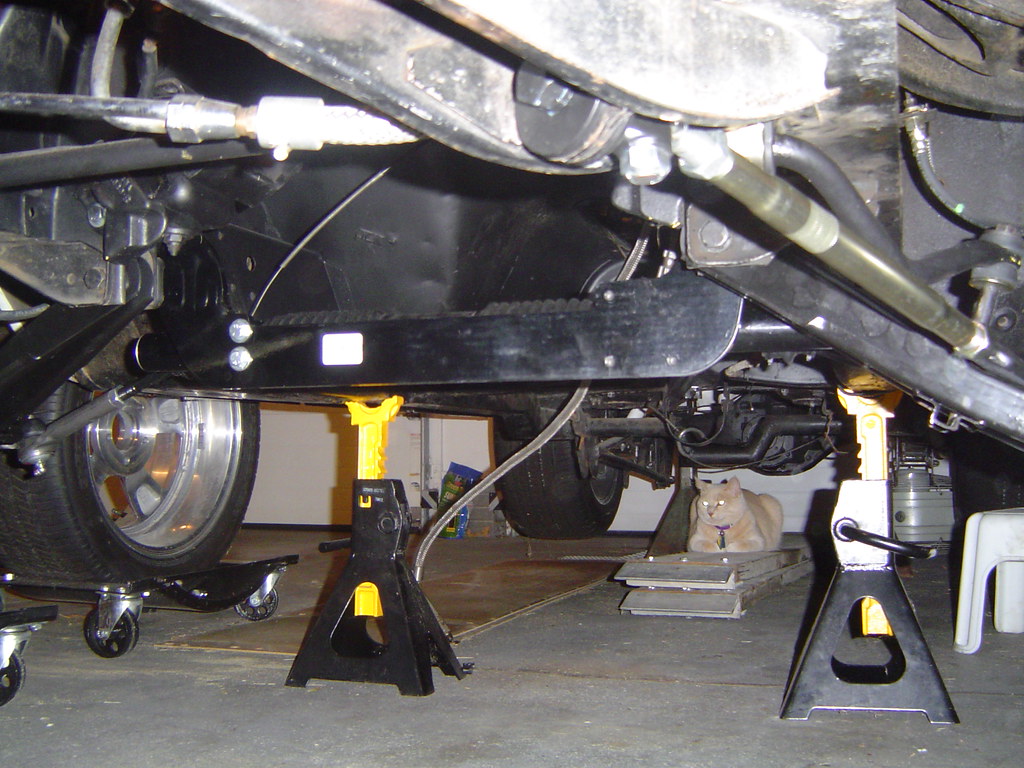
12. **Rack and Pinion Replacement**At the very heart of your vehicle’s steering system lies the rack and pinion, a precision-engineered component that translates the rotational motion of your steering wheel into the linear movement needed to turn your car’s wheels. This vital assembly, typically part of a power steering system, ensures that your steering inputs are accurately and responsively conveyed to the front wheels, providing both control and feel for the road. Its crucial role in vehicle handling and safety means that when it malfunctions, it’s a non-negotiable repair.
RepairPal data indicates that a rack and pinion replacement can cost between $1,757 and $2,089. The expense is primarily due to the intricate nature of the assembly itself, which houses gears, seals, and often hydraulic or electric power assist components, making it a costly part to manufacture. Beyond the part cost, replacing the rack and pinion is a labor-intensive process. It’s often located deep within the engine bay, requiring mechanics to remove several other components—like tie rods, potentially the exhaust, and even parts of the suspension—to gain access. This extensive labor adds significantly to the overall repair bill.
Identifying the early warning signs of a failing rack and pinion can be instrumental in potentially mitigating costs, though a full replacement is often required. Common symptoms include a noticeable looseness or excessive play in the steering wheel, difficulty in turning the wheel (especially at low speeds), grinding or clunking noises when steering, or power steering fluid leaks. A fluid leak is particularly critical, as it can starve the system of necessary lubrication and hydraulic pressure, leading to accelerated wear and eventual failure.
While complete prevention of rack and pinion wear isn’t always possible due to its constant use, proactive maintenance can extend its lifespan. Regularly checking your power steering fluid levels and ensuring it’s clean (for hydraulic systems) is a simple yet effective step. Avoiding harsh driving conditions, such as frequently turning the steering wheel all the way to its stops for extended periods, can reduce stress on the system. Furthermore, addressing any suspension or tire alignment issues promptly can prevent undue strain on the steering components, helping you steer clear of this substantial repair.
### Beyond the Repair: Smarter Ownership for the Long Haul
Navigating the landscape of expensive car repairs can feel like a minefield, but as we’ve seen, knowledge truly is your best defense. Each of these high-cost fixes underscores the complex engineering of modern vehicles and the critical importance of understanding their needs. While some repairs are simply unavoidable consequences of accidents or extreme wear, a significant portion can be mitigated, if not entirely prevented, through intelligent ownership and diligent attention.
One of the most impactful choices you can make to avoid future financial headaches begins even before you drive off the lot: selecting a reliable vehicle. Brands like Honda, Toyota, Mazda, and Hyundai consistently rank among the cheapest to maintain and repair, offering average annual costs significantly lower than luxury counterparts. Paired with a robust factory warranty—such as those offered by Hyundai and Mitsubishi—you gain crucial protection against unexpected early-life failures.
However, the single most powerful tool in your arsenal against exorbitant repair bills is consistent, proactive maintenance. Your owner’s manual isn’t just another booklet; it’s a roadmap to longevity for your vehicle, outlining a specific schedule for everything from oil changes to fluid checks and inspections. While an oil change every six months might seem like a small inconvenience, it’s a microscopic cost compared to the thousands you might pay for a blown head gasket or major engine damage.
Beyond scheduled services, seemingly minor habits also play a vital role. Regular car washes, for instance, aren’t just for curb appeal; they actively combat rust and corrosion caused by road salt and debris, preventing costly damage to components like CV boots. Furthermore, securing the right amount of comprehensive insurance can be a financial lifesaver in scenarios like floods, hail, or collisions with wildlife, cushioning the blow of extensive post-accident repairs, including airbag replacements. For those with older vehicles or less reliable models, an extended warranty, though not for everyone, can offer a crucial safety net as factory warranties expire and repair costs historically rise.
Read more about: Audi A4: Hidden Gems or Money Pits? A Deep Dive into Model Year Reliability for Savvy Buyers
Ultimately, car ownership is an ongoing commitment, but it doesn’t have to be a constant source of financial anxiety. By making informed choices from purchase to daily care, listening to your vehicle’s subtle warnings, and never putting off necessary inspections, you can empower yourself to keep those most expensive car repairs firmly in the realm of avoidable nightmares. Drive smart, maintain diligently, and enjoy the open road with confidence and a healthier bank account.

